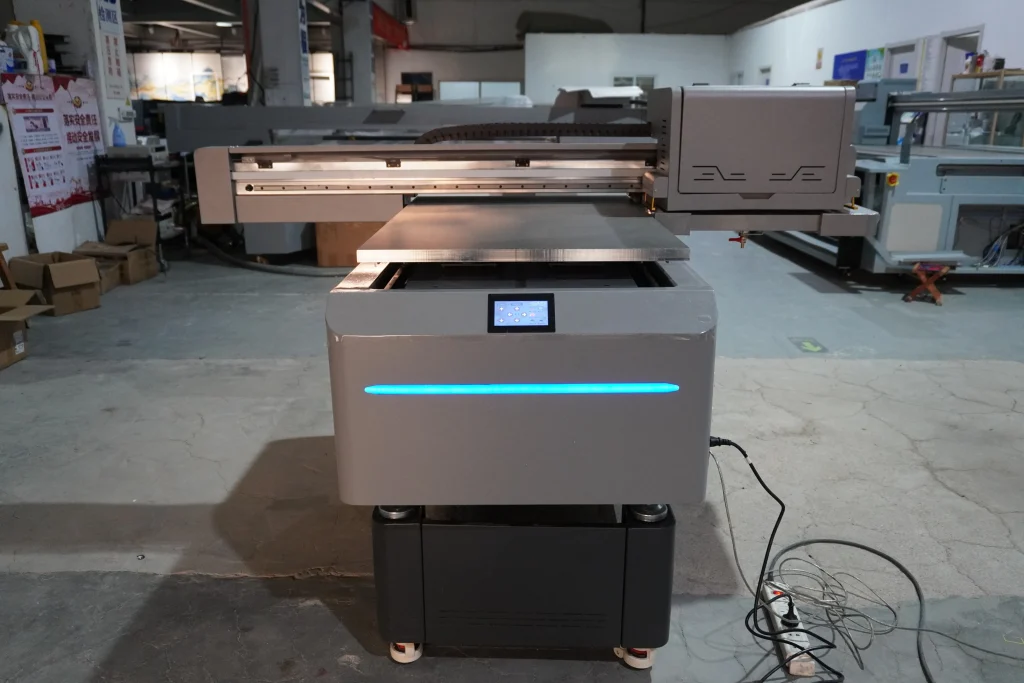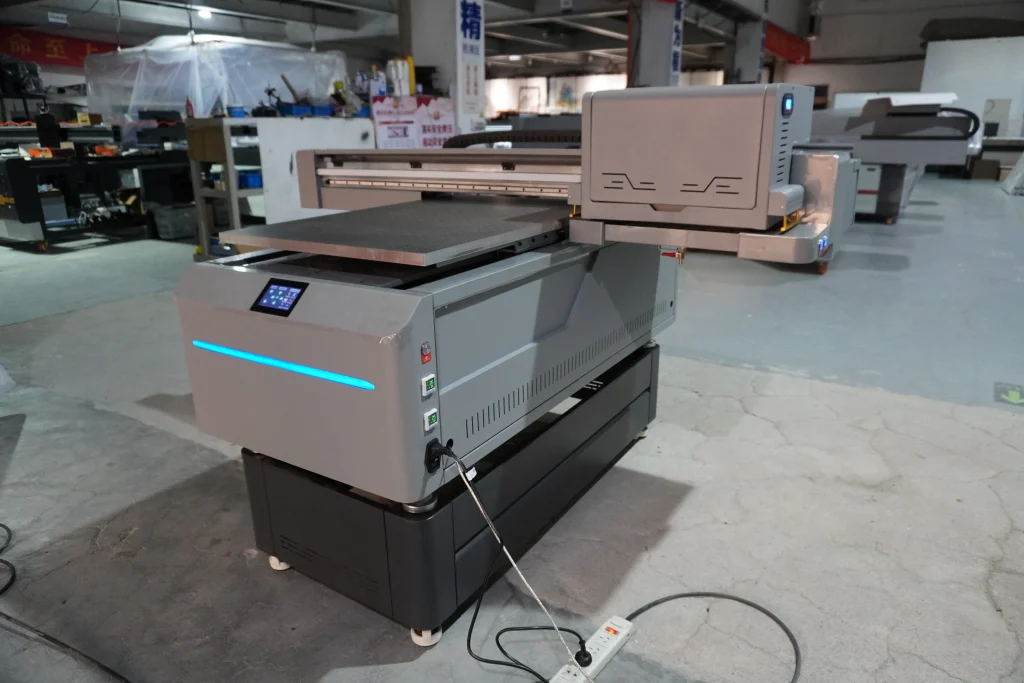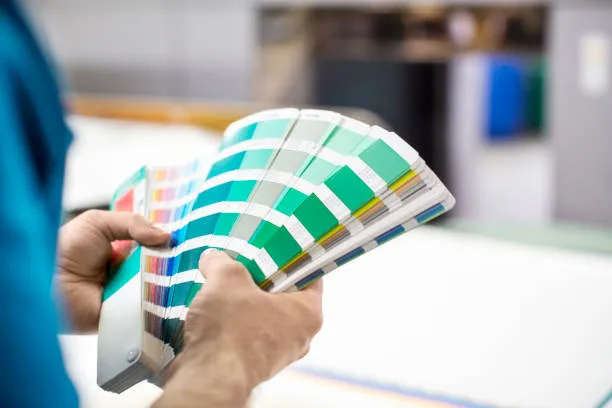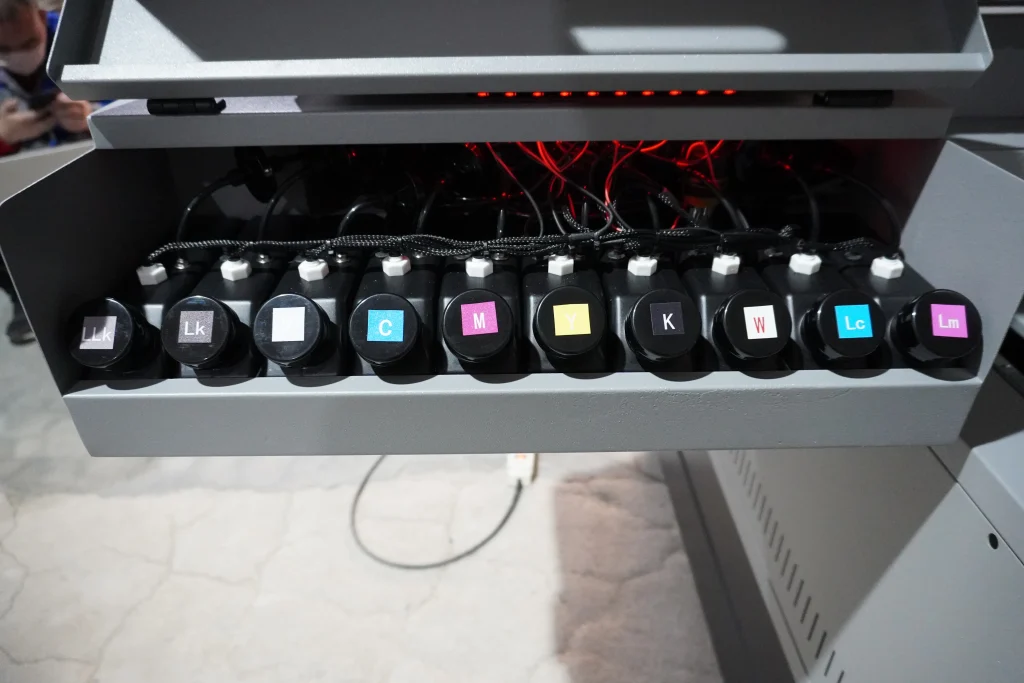Évitez que votre demande ne soit retardée, veuillez saisir votre WhatsApp/WeChat/Skype avec le message, afin que nous puissions vous contacter dans les plus brefs délais.
Nous vous répondrons dans les 24 heures. En cas d'urgence, veuillez ajouter WhatsApp : +86 17864107808, ou WeChat : +86 17864107808. Ou appelez +86 17864107808 directement.
*Nous respectons votre confidentialité et toutes les informations sont protégées. Nous n'utiliserons vos informations que pour répondre à votre demande et ne vous enverrons jamais de courriels ou de messages promotionnels non sollicités.
Découvrez comment la technologie d'impression numérique révolutionne la cohérence et la correspondance des couleurs. Apprenez pourquoi comprendre CMJN, RVB, et le processus d’impression est essentiel pour obtenir des couleurs vives et précises dans vos projets.
L'impression numérique a transformé notre façon de produire des brochures, des cartes de visite et des documents. Si vous vous êtes déjà demandé comment les imprimantes reproduisent les couleurs avec une telle précision, ou pourquoi vos impressions ne correspondent parfois pas à ce qui s'affiche à l'écran, cet article est fait pour vous. Nous vous plongerons dans l'univers de l'impression numérique. impression numérique, explorez des modèles de couleurs comme CMJN et RVBet découvrez les secrets de la correspondance et de l'étalonnage des couleurs. Lisez la suite pour percer les mystères de la couleur dans le processus d'impression et faire passer vos documents imprimés au niveau supérieur !
Impression numérique est une méthode d'impression d'une image numérique directement sur divers supports. Elle permet une impression à la demande, des délais d'exécution courts et même la modification de l'image utilisée pour chaque impression.
Utilisations de l'impression numérique imprimantes qui lisent les fichiers numériques et les impriment à l'aide toner (comme dans les imprimantes laser) ou encre (comme dans les imprimantes à jet d'encre). Cette approche directe rend le processus efficace et rentable.

Les modèles de couleurs sont essentiels dans le monde de l'impression et des médias numériques. Les deux principaux modèles sont CMJN et RVB.
Pourquoi c'est important:
Lorsque vous concevez quelque chose sur votre ordinateur (en utilisant RVB) puis l'imprimez (en utilisant CMJN), les couleurs peuvent changer. La compréhension de ces modèles permet d'obtenir des couleurs précises dans votre document final. documents imprimés.
Correspondance des couleurs garantit que les couleurs de vos fichiers numériques correspondent aux couleurs de vos produits imprimés.

La cohérence est essentielle dans une impression professionnelle.
Couleurs Pantone sont des codes de couleurs standardisés qui aident à l'identification des couleurs.
Cependant, en utilisant Couleurs Pantone en impression numérique peut nécessiter des considérations particulières, car elles sont souvent couleurs d'accompagnement utilisé dans impression offset.
Calibrage des couleurs consiste à ajuster vos appareils pour qu'ils correspondent à une norme connue.

Technologie d'impression numérique a évolué, offrant de nouvelles capacités.
Saviez-vous?
Quelques presse numérique les machines incluent désormais extension de gamme de couleurs, permettant une plus large gamme de reproduction des couleurs.
S’assurer que vos impressions correspondent à vos attentes implique plusieurs étapes.
Toujours demander impressions d'essai ou des épreuves pour voir comment les couleurs apparaîtront sur le produit final.
Les deux impression numérique et impression offset ont leurs avantages.
Le choix entre les deux dépend de vos besoins spécifiques, de votre budget et de votre calendrier.
Choisir le bon imprimerie peut faire une différence significative dans la réussite de votre projet.

Comprendre les nuances de impression numérique, modèles de couleurs et le processus d'impression vous permet de créer de superbes documents imprimés. En saisissant des concepts tels que CMJN, correspondance des couleurs, et étalonnage, vous pouvez vous assurer que vos impressions seront exactement comme vous les imaginez.
Améliorez vos projets d'impression avec une technologie de pointe !
Consultez ces ressources pour des solutions d’impression innovantes :
N'oubliez pas que pour obtenir une impression parfaite, il faut savoir maîtriser la technologie, collaborer avec des professionnels et faire preuve d'un peu de talent artistique. Bonne impression !